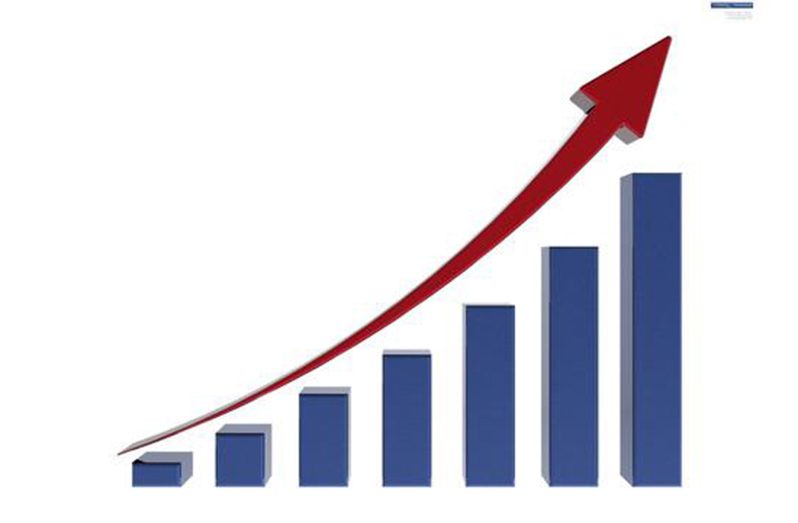–over next three to four years, Dr. Singh says
–underscores marked shift from APNU+AFC’s public consumption philosophy to significant public investment drive
GUYANA is expected to see consistent economic growth of in excess of 25 per cent annually over the next three to four years, according to Senior Minister in the Office of the President with Responsibility for Finance Dr. Ashni Singh.
Recording significant economic growth of 63.2 per cent in 2022, and on course to growing by 25.1 per cent this year, Guyana has a solid foundation upon which to continue broadening its horizons and advancing significantly, especially in the medium term.
In a presentation at the International Energy Conference and Expo on Thursday, Dr. Singh said that the achievement of real economic growth of 25 per cent over a sustainable period is a feat that is rare in historic economic context.
“Starting from 2020 onwards, we achieved extremely strong economic growth, and the outlook remains extremely favourable,” Dr. Singh said, adding: “In 2023, we’re looking at projected economic growth of 25.1 per cent, and into the medium term for the next three to four years, sustainable economic growth of in excess of 25 per cent.”
Though most of this projected growth is expected to be on account of the country’s burgeoning oil-and-gas sector, Dr. Singh was keen to remind the audience of the government’s focus on building out the non-oil economy.
“A lot of it is being driven by what is happening in the oil-and-gas sector, but when I describe the kind of growth we are looking for, I speak of broad-based and resilient growth. We have placed the highest level of importance on ensuring that we achieve strong non-oil economic growth, and that we do the things necessary today to continue to have strong non-oil economic growth going forward,” Dr. Singh said.
In 2022, the non-oil sector expanded by 11.5 per cent, while growth projections for 2023 stand at 7.9 per cent. In the medium term, Dr. Singh estimates that real economic growth in the non-oil sector will be in excess of five per cent annually.
He assured investors looking to do business in Guyana that the country has established a very strong track record of growth in recent years, and has an extremely strong growth outlook for the foreseeable future.
On the subject of the management of the economy, Dr. Singh said that the government has been reorienting the focus of the national budget to invest heavily in the things that matter for long-term economic growth, particularly as it pertains to addressing the country’s infrastructural gap.
“We recognise the importance of seizing the moment to lay the foundation for investment; we see this as the moment to ensure that we address historic infrastructure impediments to long-term economic growth. Notwithstanding emphasis on infrastructure, we are doing all of this in the context where we maintain a disciplined fiscal stance,” Dr. Singh related.
The government has done this through a conscious decision to shift expenditure from being heavy on government consumption of goods and services to a greater focus on government investment in infrastructure.
Putting the foregoing into a statistical context, in 2019, the previous government spent less than a quarter of public expenditure, the equivalent of some 22.7 per cent of it, on public investment, and the remainder on public consumption.
Conversely, the 2023 budget saw a marked shift from consumption towards public investment, with almost half of the $781.9 billion budget, or 49.6 per cent of it, being devoted to public investment.
The budget saw massive increases in key infrastructural sectors such as roads and bridges, housing, and power generation.
In 2019, total investment on roads and bridges through the budget amounted to $11.8 billion, while in 2023, some $131.5 billion was allocated to this area. In the area of housing development, less than $1 billion was spent in 2019, but in the 2023 budget, that area received $53.1 billion.
Power generation accounts for the third largest share of public investment in the 2023 budget, with an allocation of $50.4 billion.
“We see this investment in infrastructure as absolutely critical for laying the foundation for long-term economic growth. This infrastructure improves connectivity to increase economic space to operate in,” Dr. Singh noted.




.png)









